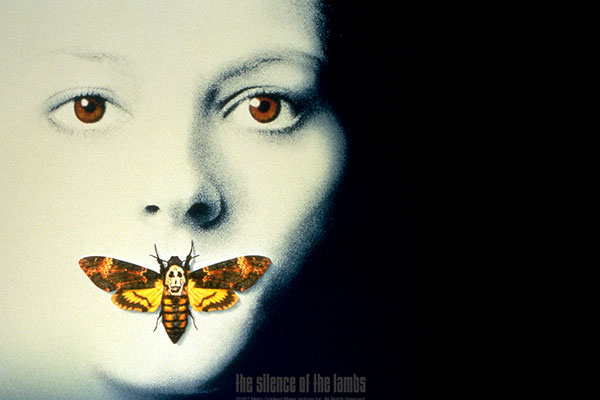The Silence of the Lambs
Director: Jonathon Demme
The Silence of the Lambs won five Oscars in 1991: Best Actor and Actress in a leading role (Foster and Hopkins), Best Director (Demme), Best Adapted Screenplay and, of course, Best Picture. That alone should provide testament to the calibre of this film. And it took Hopkins only 16 minutes of screen time as Hannibal Lector to become one of the biggest icons in popular culture.
He’s probably the greatest film villain of all time – he’s a cannibal with class who bites faces. He still manages to terrify people even when locked up in maximum-security prisons. But his relationship with FBI agent Clarice Starling (Foster) is crucial – they must hunt down Buffalo Bill (Levine), the notorious serial killer who skins his victims.
Hopkins once said in an interview that we are “obsessed with the dark side of life.” Each character is trapped in a world of oppression that takes them to very dark places: Starling has endless battles against misogyny and sexism, Buffalo Bill lives in a society that cannot tolerate different sexual identities, and Lector thrives in a world that cannot come to grips with a person so insane and yet so intelligent. In short, you may find disturbing sympathy for both of the film’s villains.
Perhaps we’re unfortunate these days because we are oversaturated with dramas and thrillers based on the insane or the criminal mind (such as, well, Criminal Minds). In my opinion, however, these shows and films are floating firmly in the wake of The Silence of the Lambs. So watch this film and see how it influenced modern horror films. It’ll freak you out, but it’s worth it.
And let Hannibal Lector into your head. See what happens.



